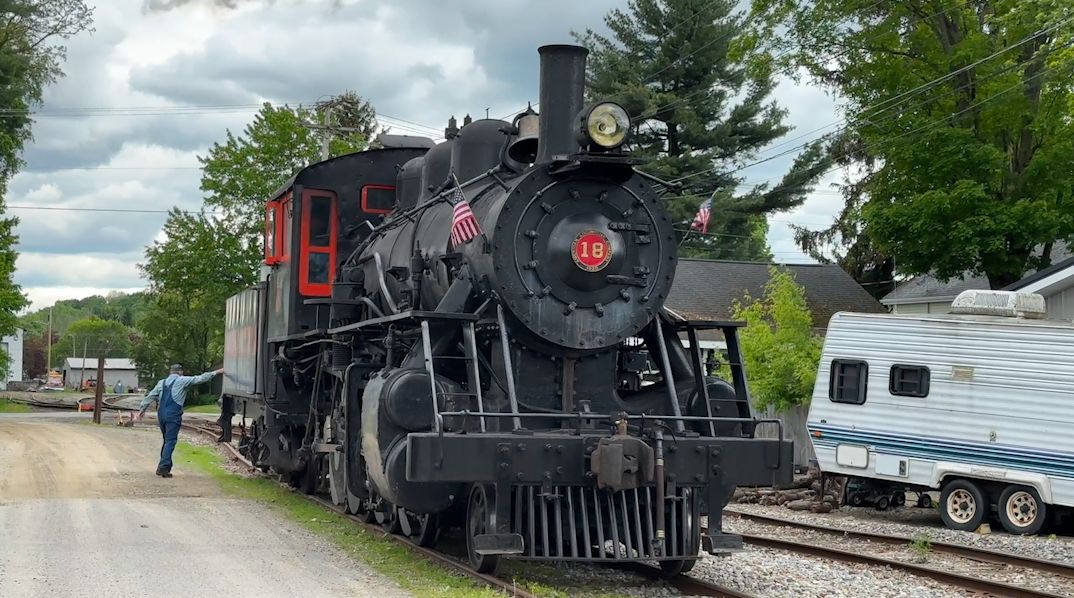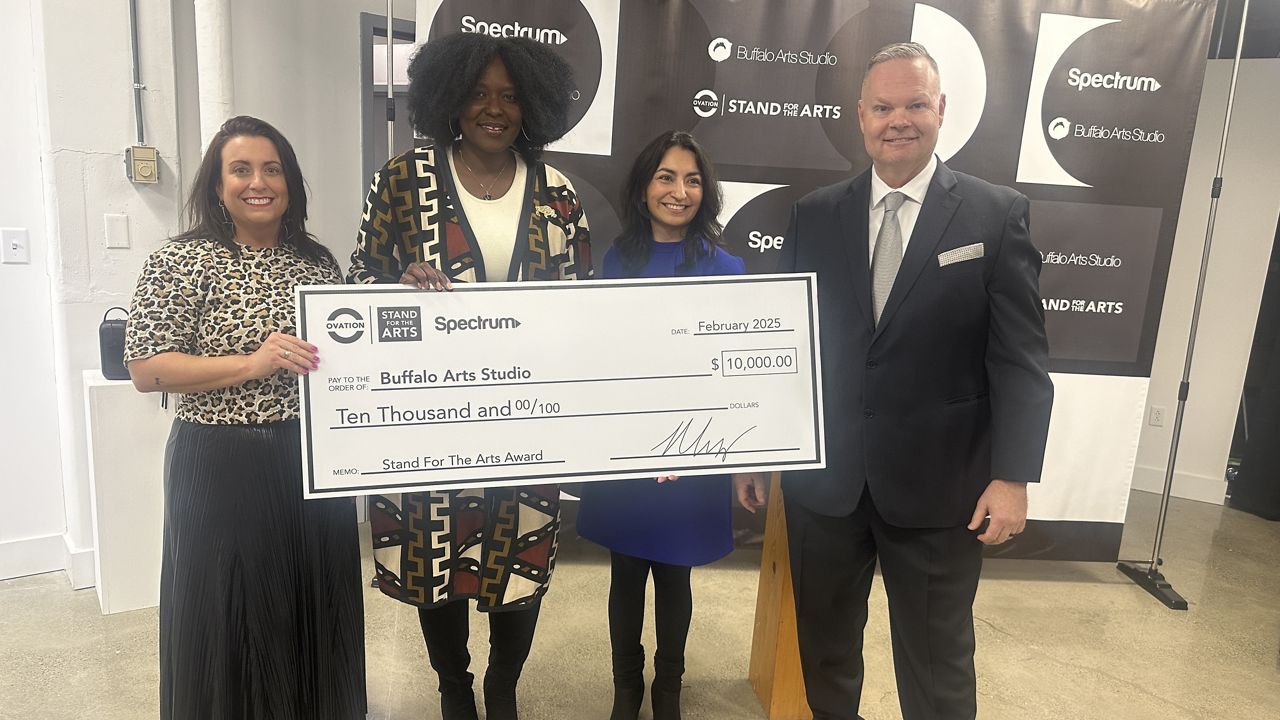GREAT VALLEY, N.Y. — When it comes to recovering from alcohol or drug use disorders, being alone can be your worst enemy. That’s the fuel behind a new program to form communities of support in the form of 200 to 250 square feet of healing.
“We're building a sober living tiny home village,” said Al Robinson II, a pastor and the president of Rebecca Rose Recovery Centers of WNY.
A goal of Robinson’s for more than two years now is coming to life.
“We're going to prune those channels in their brain that trigger addiction, and we're going to build channels in their brain that are of strong community in resilience and love and compassion,” he explained.
The first home is a few weeks from being done.
“You actually can fit a queen size bed up there; it’s massive,” Robinson pointed out.
Originally, it belonged to Dylan, a 24-year-old recovering from addiction.
“He builds tiny homes, so it was just a novice hobby,” Robinson said.
Unfortunately, he slipped back into old habits.
“The young man took his own life. He took his own life in when [his mother] told me that, I needed to get this house,” said Robinson. "I needed to get this because that young man tried to escape something [...] and it reached its talons from wherever it was, sunk into him, and dragged him right back in."
Robinson works with women in recovery. The idea is that certain lighting, textures, and smells will passively help them on their path to recovery, for anywhere from nine months to two years.
“Women have specifically something called an 'HPA Axis' response, or fight, flight, freeze or faint response, that can cause them to telescope and ruminate on bad things in their lives. We don't want that," said Robinson.
He teamed up with Brooks Anderson to make the tiny home community happen.
“As a 15-year recovered alcoholic myself, this represented an opportunity to really start my journey on service work, service to the individuals who need it most,” said Anderson, the founder and CEO of TimberHut Cabin Company.
Robinson is working on finding a spot for 12 to 14 of the homes — first in Buffalo, hopefully in 2024, then Jamestown, then Dunkirk.
“What we're developing is what's known as a pocket community, something that could very rapidly be deployed and set up in communities all over the country, [and] really all over the world,” said Anderson.
Each home fits at least two women and the larger ones will have space for up to two kids as well, to try and save as many lives as they can.
“From this day forward, he has not failed. He has built something that will forever carry his name: the Dylan house," said Robinson. "It's the Dylan house that will set so many people free."









